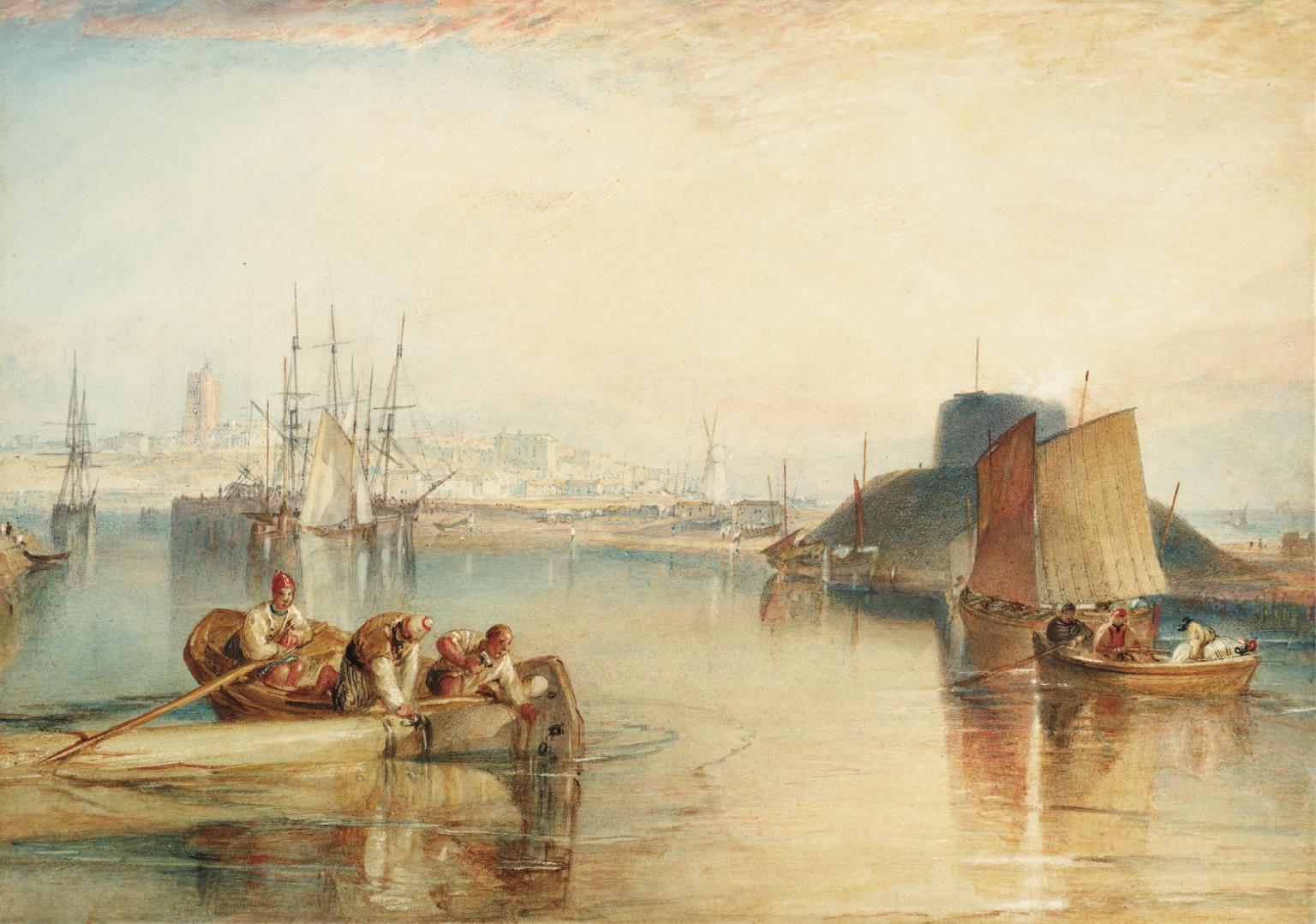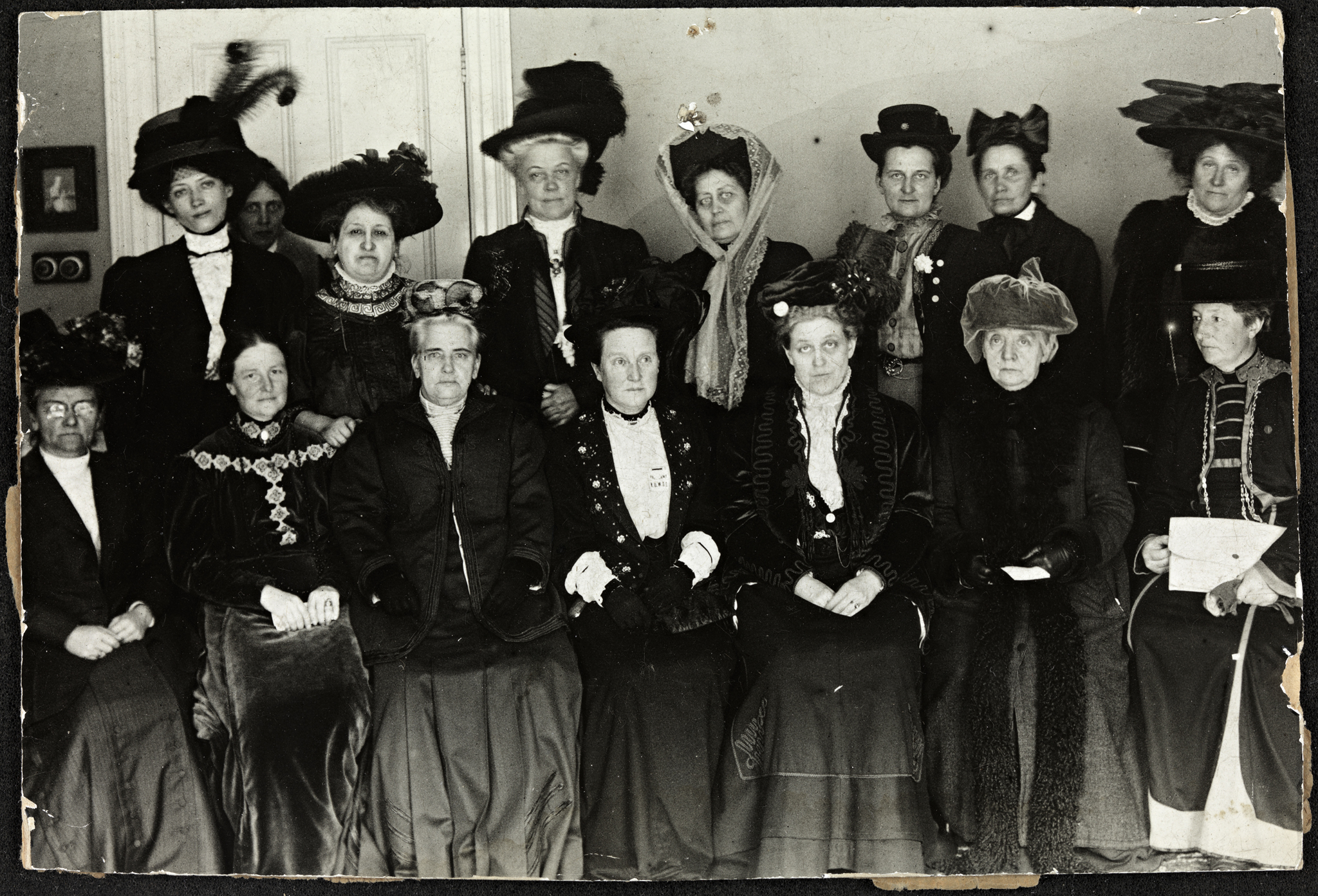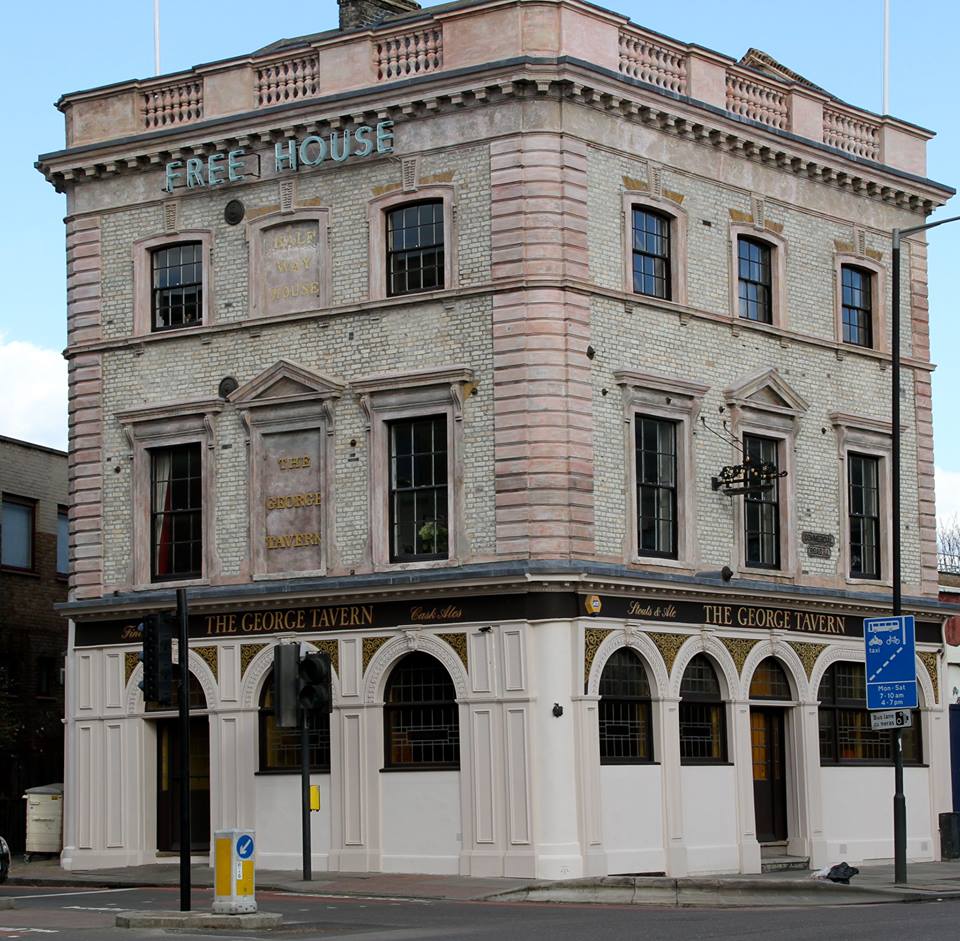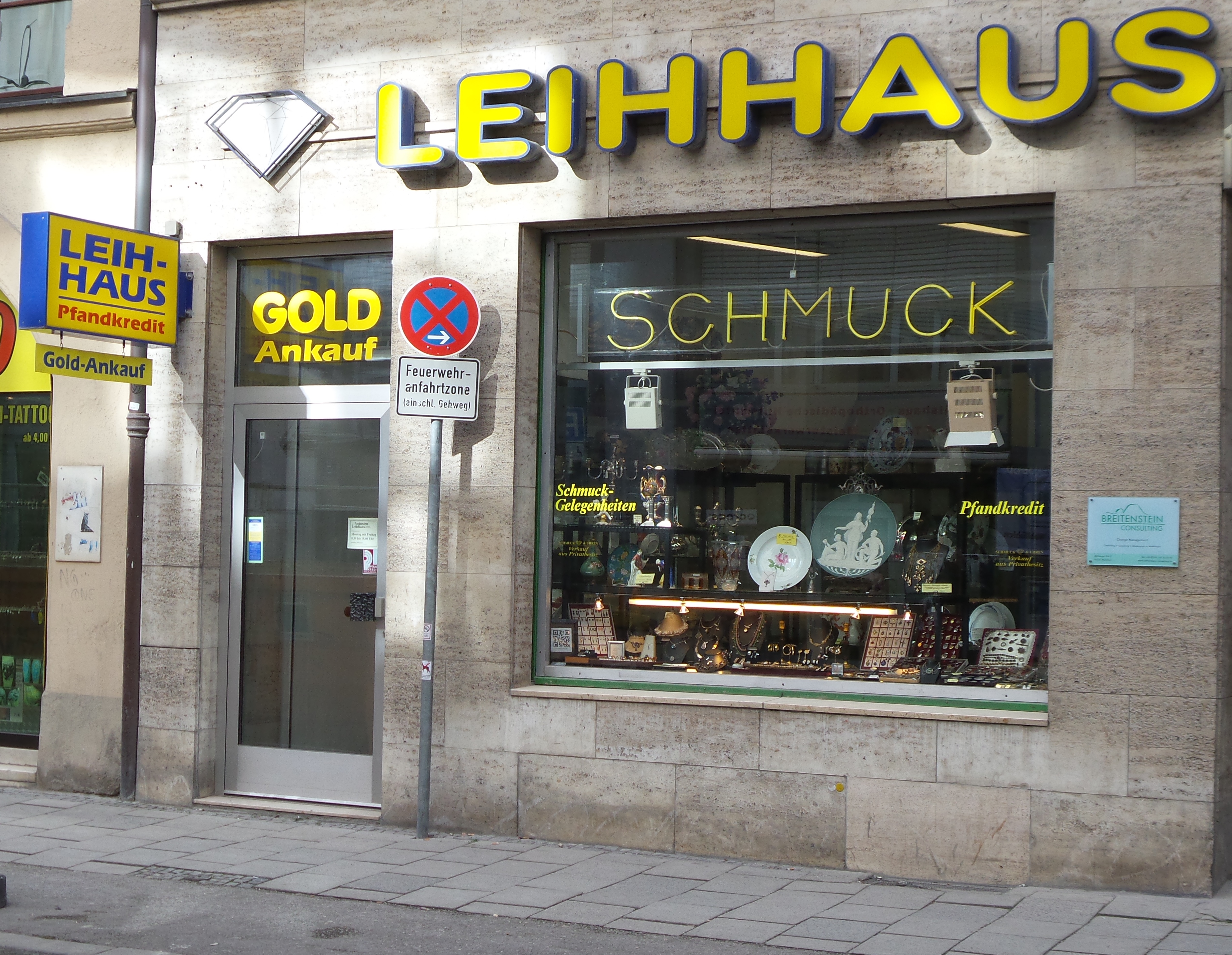|
Elizabeth Garrett Anderson
Elizabeth Garrett Anderson (9 June 1836 – 17 December 1917) was an English physician and suffragist. She was the first woman to qualify in Britain as a physician and surgeon. She was the co-founder of the first hospital staffed by women, the first dean of a British medical school, the first woman in Britain to be elected to a school board and, as mayor of Aldeburgh, the first female mayor in Britain. Early life Elizabeth was born in Whitechapel, London, and the second of eleven children of Newson Garrett (1812–1893), from Leiston, Suffolk, and his wife, Louisa (born Dunnell; 1813–1903), from London. The Garrett ancestors had been ironworkers in East Suffolk since the early seventeenth century. Newson was the youngest of three sons and not academically inclined, although he possessed the family's entrepreneurial spirit. When he finished ... [...More Info...] [...Related Items...] OR: [Wikipedia] [Google] [Baidu] |
Whitechapel
Whitechapel is a district in East London and the future administrative centre of the London Borough of Tower Hamlets. It is a part of the East End of London, east of Charing Cross. Part of the historic county of Middlesex, the area formed a civil and ecclesiastical parish after splitting from the ancient parish of Stepney in the 14th century. It became part of the County of London in 1889 and Greater London in 1965. Because the area is close to the London Docklands and east of the City of London, it has been a popular place for immigrants and the working class. The area was the centre of the London Jewish community in the 19th and early 20th centuries. Whitechapel, along with the neighbouring district of Spitalfields, were the location of the infamous 11 Whitechapel murders (1888–91), some of which were attributed to the mysterious serial killer known as Jack the Ripper. In the latter half of the 20th century, Whitechapel became a significant settlement for the British ... [...More Info...] [...Related Items...] OR: [Wikipedia] [Google] [Baidu] |
Dean (education)
Dean is a title employed in academic administrations such as colleges or universities for a person with significant authority over a specific academic unit, over a specific area of concern, or both. In the United States and Canada, deans are usually the head of each constituent college and school that make up a university. Deans are common in private preparatory schools, and occasionally found in middle schools and high schools as well. Origin A "dean" (Latin: ''decanus'') was originally the head of a group of ten soldiers or monks. Eventually an ecclesiastical dean became the head of a group of canons or other religious groups. When the universities grew out of the cathedral schools and monastic schools, the title of dean was used for officials with various administrative duties. Use Bulgaria and Romania In Bulgarian and Romanian universities, a dean is the head of a faculty, which may include several academic departments. Every faculty unit of university or academy. The ... [...More Info...] [...Related Items...] OR: [Wikipedia] [Google] [Baidu] |
The Three Rs
The three Rs (as in the letter ''R'') are three basic skills taught in schools: reading, writing and arithmetic (usually said as "reading, 'riting, and 'rithmetic"). The phrase appears to have been coined at the beginning of the 19th century. The term has also been used to name other triples (see Other uses). Origin and meaning The skills themselves are alluded to in St. Augustine's '' Confessions'': 'learning to read, and write, and do arithmetic'. The phrase is sometimes attributed to a speech given by Sir William Curtis circa 1807: this is disputed. An extended modern version of the three Rs consists of the "functional skills of literacy, numeracy and ICT". The educationalist Louis P. Bénézet preferred "to read", "to reason", "to recite", adding, "by reciting I did not mean giving back, verbatim, the words of the teacher or of the textbook. I meant speaking the English language."L. P. Benezet, "The Teaching of Arithmetic I, II, III: The Story of an Experiment," Journ ... [...More Info...] [...Related Items...] OR: [Wikipedia] [Google] [Baidu] |
Slaughden
Aldeburgh ( ) is a coastal town in the county of Suffolk, England. Located to the north of the River Alde. Its estimated population was 2,276 in 2019. It was home to the composer Benjamin Britten and remains the centre of the international Aldeburgh Festival of arts at nearby Snape Maltings, which was founded by Britten in 1948.Aldeburgh Town Council Retrieved 9 January 2016.Archives Hub Retrieved 7 March 2019. It also hosts an annual poetry festival and several food festivals and other events. Aldeburgh, as a port, gained borough status in 1529 under |
Millicent Garrett Fawcett
Dame Millicent Garrett Fawcett (née Garrett; 11 June 1847 – 5 August 1929) was an English politician, writer and feminist. She campaigned for women's suffrage by legal change and in 1897–1919 led Britain's largest women's rights association, the National Union of Women's Suffrage Societies (NUWSS), explaining, "I cannot say I became a suffragist. I always was one, from the time I was old enough to think at all about the principles of Representative Government." She tried to broaden women's chances of higher education, as a governor of Bedford College, London (now Royal Holloway) and co-founding Newnham College, Cambridge in 1875. In 2018, a century after the Representation of the People Act, she was the first woman honoured by a statue in Parliament Square. Biography Early life Fawcett was born on 11 June 1847 in Aldeburgh, to Newson Garrett (1812–1893), a businessman from nearby Leiston, and his London wife Louisa (''née'' Dunnell, 1813–1903). She was the eighth o ... [...More Info...] [...Related Items...] OR: [Wikipedia] [Google] [Baidu] |
Snape Maltings
Snape Maltings is an arts complex on the banks of the River Alde at Snape, Suffolk, England. It is best known for its concert hall, which is one of the main sites of the annual Aldeburgh Festival. The original purpose of the Maltings was the malting of barley for the brewing of beer; local barley, once malted, was sent from here to London and exported to mainland Europe. Today a collection of shops, galleries, restaurants and the Concert Hall fill the old buildings. The Alde estuary is known for wildlife and river trips. History The complex of malting buildings was begun in 1846 and extended in the later 19th century. Newson Garrett, a Victorian entrepreneur, built the Maltings in the 1800s; his name appears on plaques around the site. The river made Garrett decide to build a Maltings at this already busy port. Newson was ambitious and determined and in 1841 purchased the business of Osborne and Fennell, corn and coal merchants of Snape Bridge. From this port the Maltings bega ... [...More Info...] [...Related Items...] OR: [Wikipedia] [Google] [Baidu] |
Snape, Suffolk
Snape is a small village in the English county of Suffolk, on the River Alde close to Aldeburgh. At the 2011 census the population was 611. In Anglo-Saxon England, Snape was the site of an Anglo-Saxon ship burial. Snape is now best known for Snape Maltings, no longer in commercial use, but converted into a tourist centre together with a concert hall that hosts the major part of the annual Aldeburgh Festival. Early history There has been human habitation at Snape for some 2,000 years though the original village stood on higher ground, around the present church (it is not known why the village moved nearer to the river). The Romans established a settlement here, centred on salt production. In Anglo-Saxon times the Wuffingas (who ruled East Anglia from Rendlesham) used Snape largely as a burial site, and archaeological investigations have revealed ship burials and other graves. In 1085 the Domesday Book recorded forty-nine men. The book also mentions a church, standing in e ... [...More Info...] [...Related Items...] OR: [Wikipedia] [Google] [Baidu] |
Richard Garrett & Sons
Richard Garrett & Sons was a manufacturer of agricultural machinery, steam engines and trolleybuses. Their factory was Leiston Works, in Leiston, Suffolk, England. The company was founded by Richard Garrett in 1778. The company was active under its original ownership between 1778 and 1932. In the late 1840s, after cultivating a successful agricultural machine and implement business, the company began producing portable steam engines. The company grew to a major business employing around 2,500 people. Richard Garrett III, grandson of the company's founder, visited the Great Exhibition in London in 1851, where he saw some new American manufacturing ideas. Richard Garrett III introduced flow line production – a very early assembly line - and constructed a new workshop for the purpose in 1852. This was known as 'The Long Shop' on account of its length. A machine would start at one end of the Long Shop and as it progressed through the building it would stop at various sta ... [...More Info...] [...Related Items...] OR: [Wikipedia] [Google] [Baidu] |
Long Acre
Long Acre is a street in the City of Westminster in central London. It runs from St Martin's Lane, at its western end, to Drury Lane in the east. The street was completed in the early 17th century and was once known for its coach-makers, and later for its car dealers. History After the dissolution of the Monasteries in 1540, Henry VIII confiscated the land belonging to Westminster Abbey, including the convent garden of Covent Garden and land to the north originally called the Elms and later Seven Acres. In 1552, his son, Edward VI, granted it to John Russell, 1st Earl of Bedford. The Russell family, who in 1694 were advanced in their peerage from Earl to Duke of Bedford, held the land from 1552 to 1918. At the time of Charles I it was renamed Long Acre after the length of the first pathway constructed across the land. Charles took offence at the condition of the road and houses along it, which were the responsibility of Russell and Henry Carey, 2nd Earl of Monmouth. Russell ... [...More Info...] [...Related Items...] OR: [Wikipedia] [Google] [Baidu] |
Commercial Road
Commercial Road is a street in the London Borough of Tower Hamlets in the East End of London. It is long, running from Gardiner's Corner (previously the site of Gardiners department store, and now Aldgate East Underground station), through Stepney to the junction with Burdett Road in Limehouse at which point the route splits into the East India Dock Road and the West India Dock Road. It is an artery connecting the historic City of London with the more recently developed financial district at Canary Wharf, and part of the A13. The road contains several listed buildings. These include the George Tavern, the Troxy cinema, the Limehouse Town Hall, the former Caird and Rayner Ltd works and the Albert Gardens estate. Route Commercial Road starts at a junction with Whitechapel High Street (the A11 close to Aldgate East tube station. It heads east, crossing the Limehouse Basin, the Regents Canal and the Limehouse Cut. At Burdett Road, the road forks in two, with East India Dock ... [...More Info...] [...Related Items...] OR: [Wikipedia] [Google] [Baidu] |
Pawnbroker
A pawnbroker is an individual or business (pawnshop or pawn shop) that offers secured loans to people, with items of personal property used as collateral. The items having been ''pawned'' to the broker are themselves called ''pledges'' or ''pawns'', or simply the collateral. While many items can be pawned, pawnshops typically accept jewelry, musical instruments, home audio equipment, computers, video game systems, coins, gold, silver, televisions, cameras, power tools, firearms, and other relatively valuable items as collateral. If an item is pawned for a loan (colloquially "hocked" or "popped"), within a certain contractual period of time the pawner may redeem it for the amount of the loan plus some agreed-upon amount for interest. In the United States the amount of time, and rate of interest, is governed by law and by the state commerce department policies. They have the same license as a bank, which is highly regulated. If the loan is not paid (or extended, if applica ... [...More Info...] [...Related Items...] OR: [Wikipedia] [Google] [Baidu] |
Suffolk
Suffolk () is a ceremonial county of England in East Anglia. It borders Norfolk to the north, Cambridgeshire to the west and Essex to the south; the North Sea lies to the east. The county town is Ipswich; other important towns include Lowestoft, Bury St Edmunds, Newmarket, and Felixstowe which has one of the largest container ports in Europe. The county is low-lying but can be quite hilly, especially towards the west. It is also known for its extensive farming and has largely arable land with the wetlands of the Broads in the north. The Suffolk Coast & Heaths and Dedham Vale are both nationally designated Areas of Outstanding Natural Beauty. History Administration The Anglo-Saxon settlement of Suffolk, and East Anglia generally, occurred on a large scale, possibly following a period of depopulation by the previous inhabitants, the Romanised descendants of the Iceni. By the fifth century, they had established control of the region. The Anglo-Saxon inhabitants later b ... [...More Info...] [...Related Items...] OR: [Wikipedia] [Google] [Baidu] |






